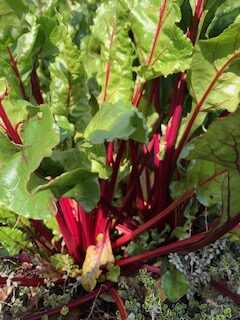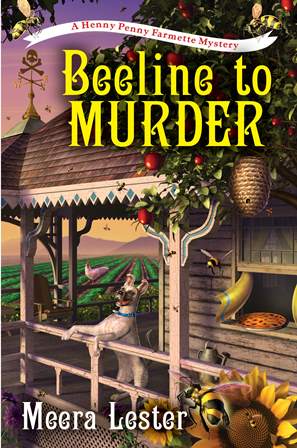Cultivating Beets for Good Health
Want to reduce inflammation, lower your blood pressure, increase your fiber intake, and reduce your LDL cholesterol by eating just one food? Try beets.
This jeweled-hue root vegetable, perfect for borsch, can be made into a smoothie, tossed into your homemade pesto, or served up as a salad, snack, or side dish. Beets contain phytonutrients or compounds in plants that contain cancer-fighting and anti-inflammatory properties.
To be specific, beets are rich in betalains and nitrates. The former has potent antioxidant powers while the latter reduces inflammation by removing from your bloodstream those compounds that are known to be inflammatory and harmful. Consider, too, that the purple-red juice (known for staining surfaces) can be used as a natural food coloring.

of the beet root are edible and nutritious
Cultivating Beets
Beets grow best in fertile, well-draining, loose soil (no rocks or weeds) with a slightly acid or neutral pH. Work into the soil plenty of compost before planting. They need plenty of room for the root to plunge and for the beet to form and grow.

A good soaking of beet seeds 24 hours before planting will expedite their germination. Alternatively, soak the seeds for one-half hour in warm water and then plant. Throughout the growing season, water the beets when the soil is dry.
Beets need about six hours of sun to thrive but will accept some shade. They are a cool season crop, meaning that they will thrive in temperatures hovering around 55 to 60 degrees Fahrenheit. Think of the seasonal temperatures of spring or fall.
Some heirloom, non-GMO seeds will produce a variety of beet colors such as deep purple or yellow. Sow your seed every three weeks in early spring for a continuous crop of beets that will bestow wonderful health benefits.
If you enjoy reading about country living and gardening topics, check out the Henny Penny Farmette series of cozy mysteries. They are based in part on my real life on the farmette and are chocked full of tips on keeping bees, caring for chickens, growing heirloom vegetables, and cooking delicious recipes.

Tags: beets
 Facebook
Facebook Goodreads
Goodreads LinkedIn
LinkedIn Meera Lester
Meera Lester Twitter
Twitter



